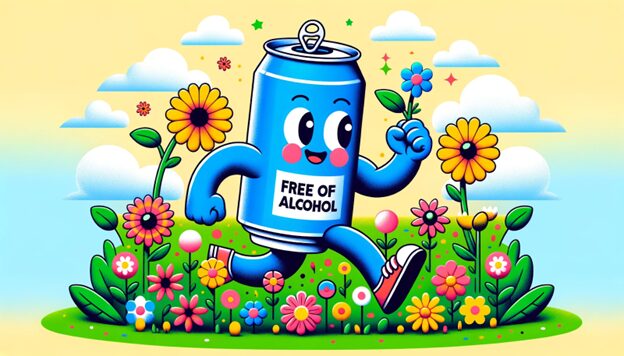[fusion_text]Last week, I discovered Adidas’ new shoe line, Tubular, because they bought a promoted hashtag on Twitter (for a pretty $200K, if you were curious).
At first I thought about the name. It caught my attention because it was different – it didn’t feel like a brand name at all – but maybe not in a good way. It’s a pretty ugly word, and brings to mind grandpa’s socks. But, it did catch my attention.
But that’s not the point of this blog. I started looking at their promoted hashtag: #Tubular. Like volcanic activity, hashtags spring up out of the blue, catch fire for a while, and then die away to lay dormant for possibly eternity. (#Eyjafjallajökull) So how was Tubular doing? It was barely even smoldering. There was one tweet with the #Tubular hashtag every 45 minutes or so. Whoops!
The first thing you should ask yourself when creating a hashtag is, does this resemble the hashtags that have arisen organically? Twitter trends change quickly, but here are all of the organic hashtags as of writing this sentence, right now:
#LayoverPastimes
#HumanRightsDay
#ArmyNavyGameDay
#RussianHackers
#SignsIveMatured
It took me a while to see the last one as Signs I’ve Matured, because you can’t have an apostrophe in a hashtag. But beyond that, all of the hashtags make immediate sense. These are the hashtags that work. I could tell which ones I was interested in clicking on, what they were about, and I could read them easily.
The point of a hashtag is to get people talking. To create an echo-chamber that swells, pulling others into the fold. The more people tweet about something, the more exponential your reach will grow.
So, I figured I would put out a few rules for creating good hashtags. Our job is to create brand names that get people thinking and talking, and that’s a lot of what a hashtag needs as well. So whether you are promoting a hashtag for your brand or hoping to organically start a trend, here are a few rules to keep in mind.
1) Be straightforward and specific. If you want other people to participate, you have to make it crystal clear what the hashtag is about without the need to click on a tweet. Don’t, for example, use acronyms that aren’t widely known and understood. Don’t be vague or empty (#Cool is not going anywhere). #Tubular was specific, but by no means clear.
2) Create a discussion by inviting people to share their own opinions. If the hashtag is for a live event – that’s easy. #Debate2016 or #MondayNightFootball provide that without even trying. #LayoverPastimes does that, as does #SignsIveMatured. #Tubular does not.
3) Create an allure. People should want to know more, to dig deeper. That’s what will pull people in! Tubular did a better job of creating an allure than it did of creating a discussion, just because it was a weird word. But that wasn’t enough. If consumers are interested in reading what other people are saying, as with #LayoverPastimes, they will click. DiGorno’s Pizza had a great promoted hashtag #DiGorNOYOUDIDNT that created great allure and great discussion – your hashtag should try to do the same!
4) Shorter is better, obviously, but not at the expense of 1) or at the expense of uniqueness!
5) Use intercaps wisely. This will allow tweets and hashtags to remain readable. If the words run together, then that will make it difficult and people will move on to the next thing.
6) Don’t forget to put your brand name into the hashtag! Tubular got that one mostly right, but since it is also a real word and one that really doesn’t FEEL like a brand name, they should have clarified that it was a shoe, or that it was from Adidas.
7) Twitter users are smart – so be especially careful about pandering! The hilarious catastrophe of #McDStories illustrates just how twitter can and will respond to a hashtag they deem not up to snuff. So, trust that users will appreciate subtlety and humor. Resist the urge to play it really safe – don’t pander!
If you have any questions about how we can take your brand’s verbal identity to the next level, don’t hesitate to reach out![/fusion_text]





